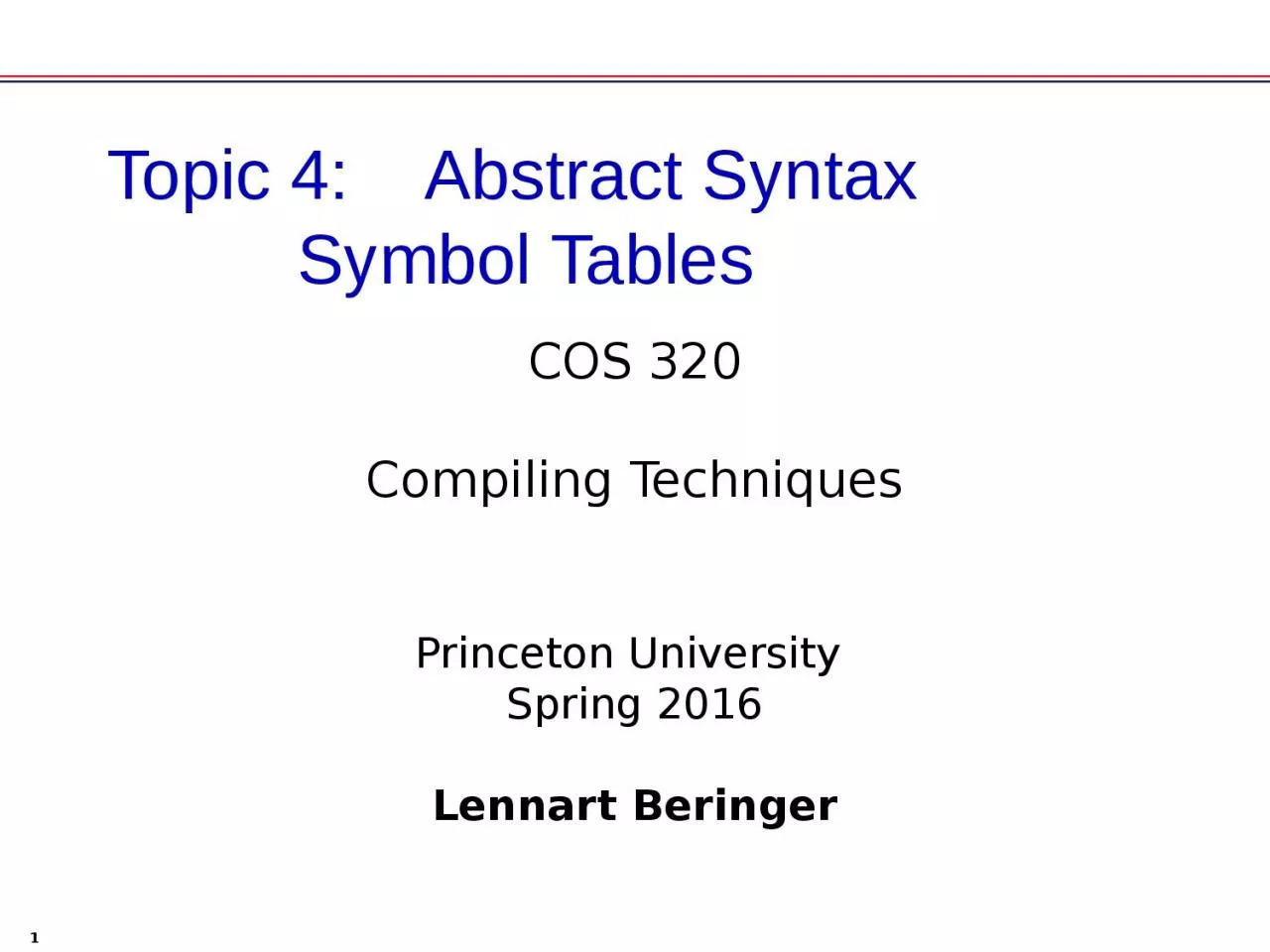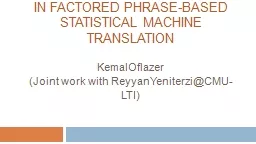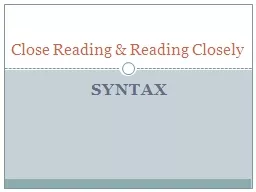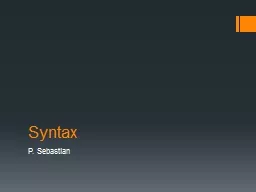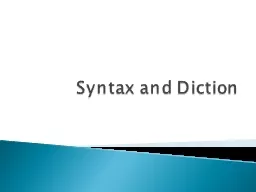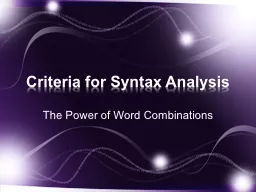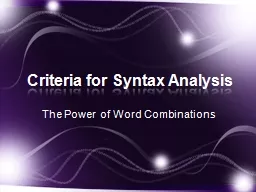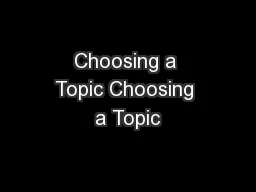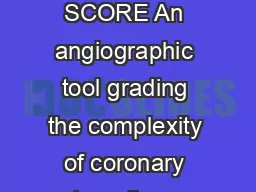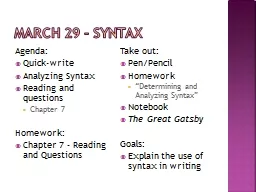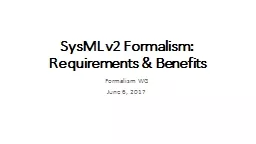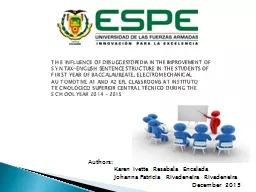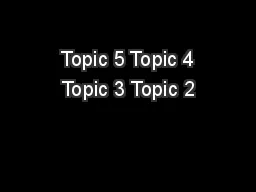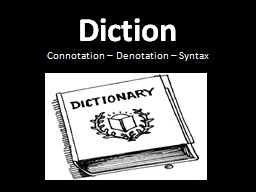PPT-1 Topic 4: Abstract Syntax
Author : yvonne | Published Date : 2022-06-14
Symbol Tables COS 320 Compiling Techniques Princeton University Spring 2016 Lennart Beringer 2 Abstract Syntax 3 Parse Trees We have been looking at concrete
Presentation Embed Code
Download Presentation
Download Presentation The PPT/PDF document "1 Topic 4: Abstract Syntax" is the property of its rightful owner. Permission is granted to download and print the materials on this website for personal, non-commercial use only, and to display it on your personal computer provided you do not modify the materials and that you retain all copyright notices contained in the materials. By downloading content from our website, you accept the terms of this agreement.
1 Topic 4: Abstract Syntax: Transcript
Download Rules Of Document
"1 Topic 4: Abstract Syntax"The content belongs to its owner. You may download and print it for personal use, without modification, and keep all copyright notices. By downloading, you agree to these terms.
Related Documents

